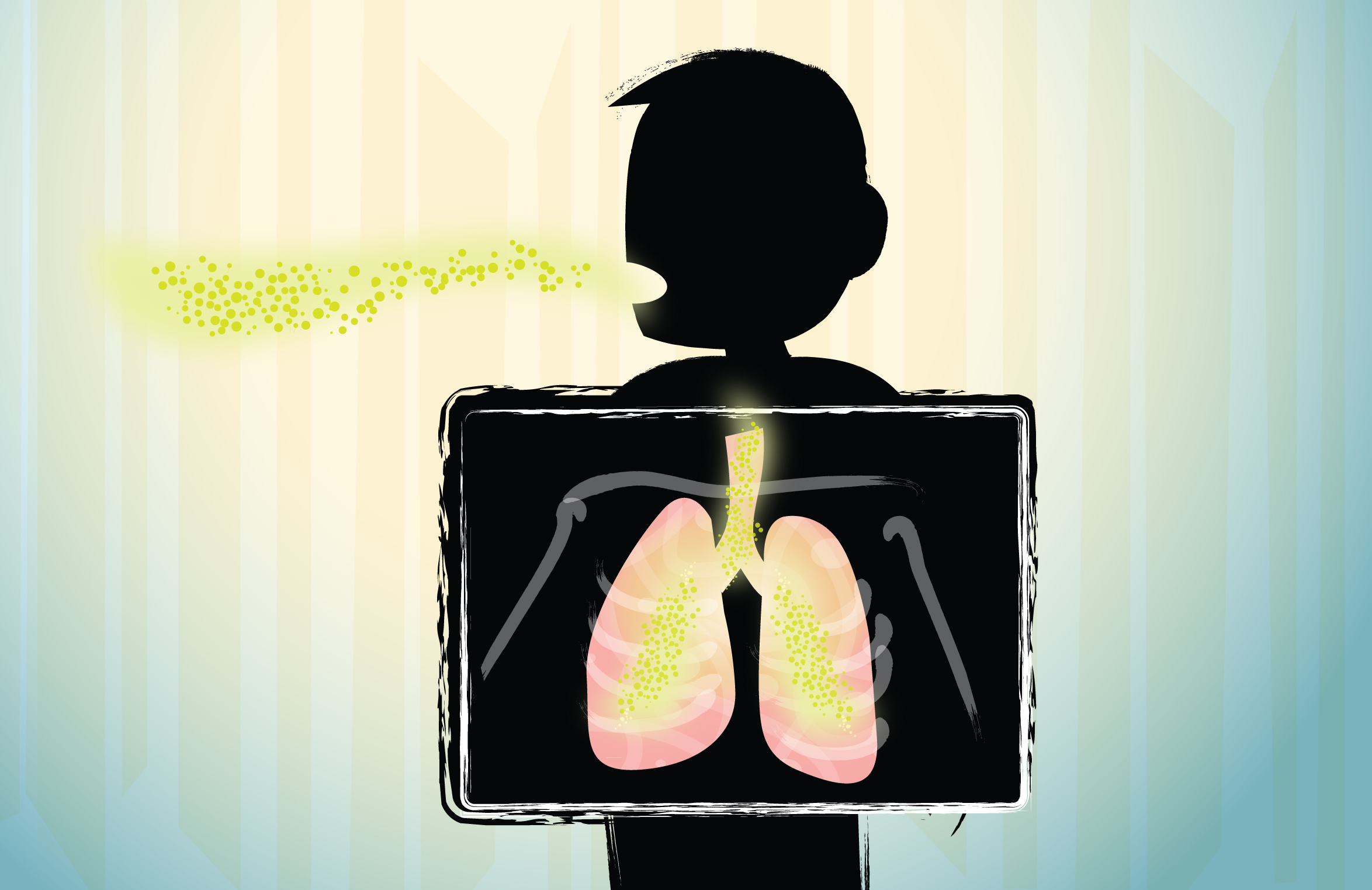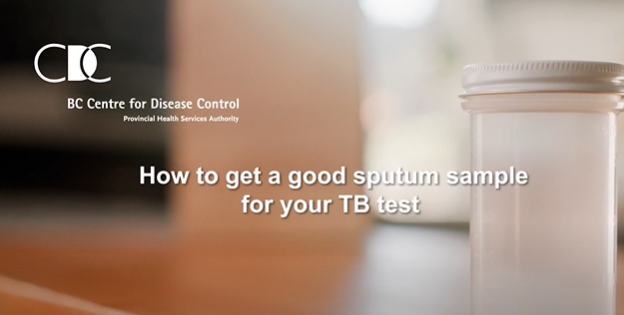Get Tested
You may need to have TB screening for a wide variety of reasons. Visit your healthcare provider for a check-up if you have symptoms of TB disease or want to know if you have TB infection. Your healthcare provider will ask health questions and order any needed tests.
- you have signs or symptoms of TB disease
- you were in contact with someone who has TB in their lungs that can spread from person to person
- you work or volunteer in health care
- you have health conditions such as HIV infection, cancer, chronic kidney disease, or diabetes
- you have a low or weakened immune system from immunosuppressive medications
- you are living in a communal setting such as a shelter, corrections, or a treatment program
- Different types of tests look for TB.
- The type of test is chosen based on your health history and sometimes a body (physical) exam.
- TB screening is free for most people, but it depends on the reason for and type of TB test(s).
- Contact local public health services and ask where TB skin testing is offered in your area.
- Depending on where you live in BC, travel clinics, some pharmacies and doctors' offices provide TB skin tests.
- In some cases, a TB skin test may be covered by public health services.
- TB skin tests for work, school, or volunteering usually have a cost.
- The BCCDC TB clinics do not offer TB screening for work, school or volunteering.
- Please do not contact our clinics to schedule TB Screening for work, school or volunteering.
The tuberculin skin test shows whether or not you have the TB bacteria in your body. It is the most common test used for TB. The test cannot tell the difference between TB Infection and TB Disease. This is a two-part test with two appointments 48 to 72 hours apart.
A healthcare provider will inject a small amount of fluid (called tuberculin) into the lower part of your arm.
At the second appointment, a healthcare provider will read your body's reaction to the fluid on the lower part of your arm.
- A negative TB skin test usually means you do not have the TB bacteria in your body. Most people do not need further testing.
- A positive TB skin test means you might have TB bacteria in
your body. Before a diagnosis can be made, more testing is needed.
Read the TB Skin test HealthLinkBC file in English, Chinese, Farsi, French, Korean, Punjabi, Spanish and Vietnamese.
A TB skin test is used to test for TB infection. In some cases, an IGRA TB blood test may offer more information. The test cannot tell the difference between TB Infection and TB Disease. You may be offered an IGRA TB blood test if you are at risk of developing TB disease. Your doctor or nurse will decide if you need this test.
- A negative TB blood test usually means that you do not have TB bacteria in your body. Most people do not need further testing.
- A positive TB blood test means you might have TB bacteria in your body. Before a diagnosis can be made, more testing is needed.
English | Chinese | French | Korean | Punjabi
Spanish | Tagalog | Vietnamese
A chest x-ray may be offered to some people. A chest x-ray is a picture of your lungs. It is often used after a positive TB skin or blood test to see if TB has affected your lungs. If there are changes, it's more likely you may have TB disease.

Sputum tests may be offered to some people. Sputum tests look at the mucus from your lungs. It can help figure out if you have TB disease and how likely you are to pass TB bacteria to another person. Watch our video on How to get a good sputum sample.
Learn more by reading the HealthlinkBC file: Sputum collection for TB testing. The healthfile is in English, Chinese, Farsi, French, Korean, Punjabi, Spanish and Vietnamese.
The way you get your TB test results will depend on the type of test that you had. If you had a TB skin test, your healthcare provider will explain the results of the second appointment and let you know if you require more testing. For other types of TB tests, the results may take several weeks. When you get tested, ask your healthcare provider how you will get your results and when they will be ready. It is important to follow up on your results.
Any information shared with your healthcare provider, including test results, is confidential. You may be asked to provide personal information when you go for TB testing. This is used to give the best health care, order tests, and contact you with results. If you are concerned about confidentiality, talk to your healthcare provider.
